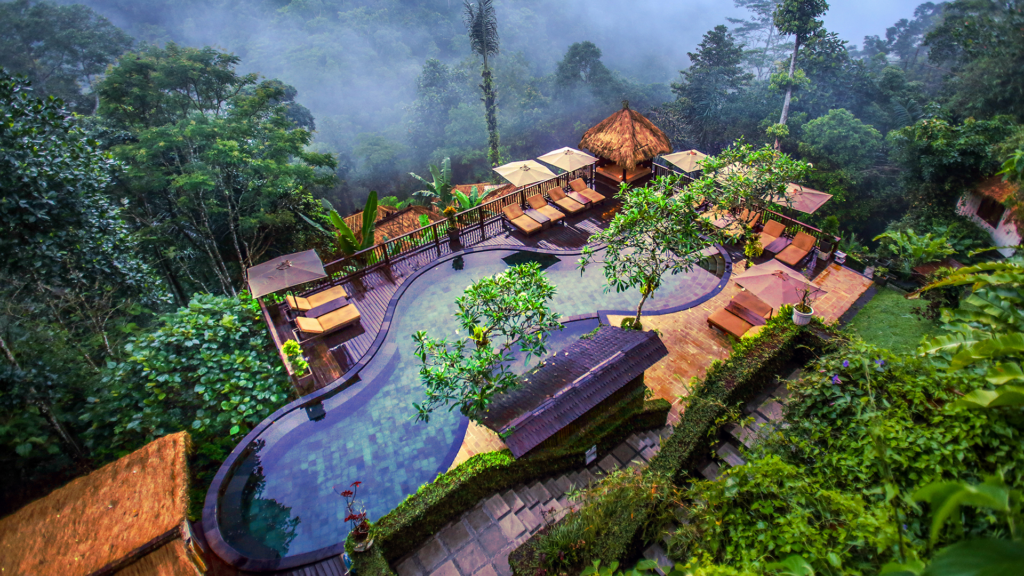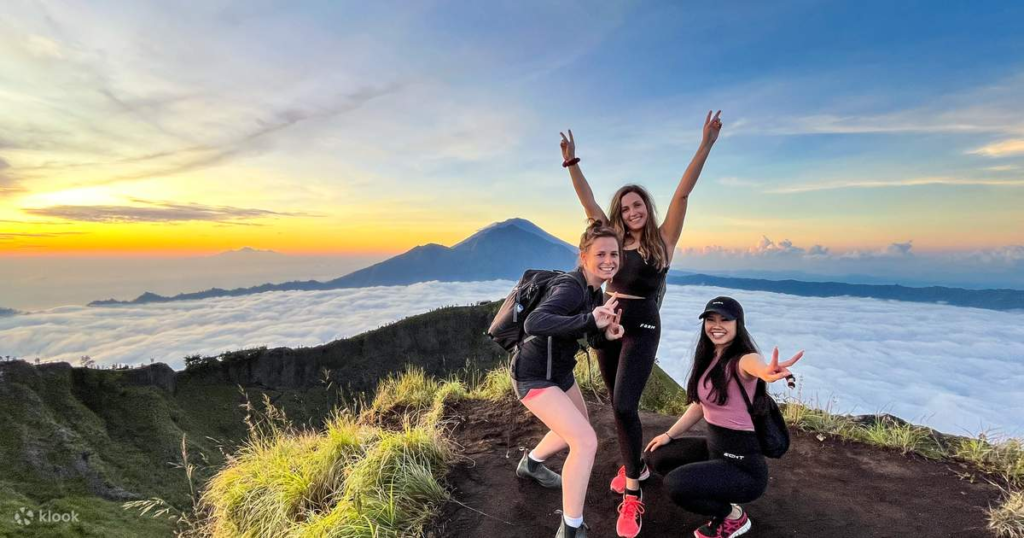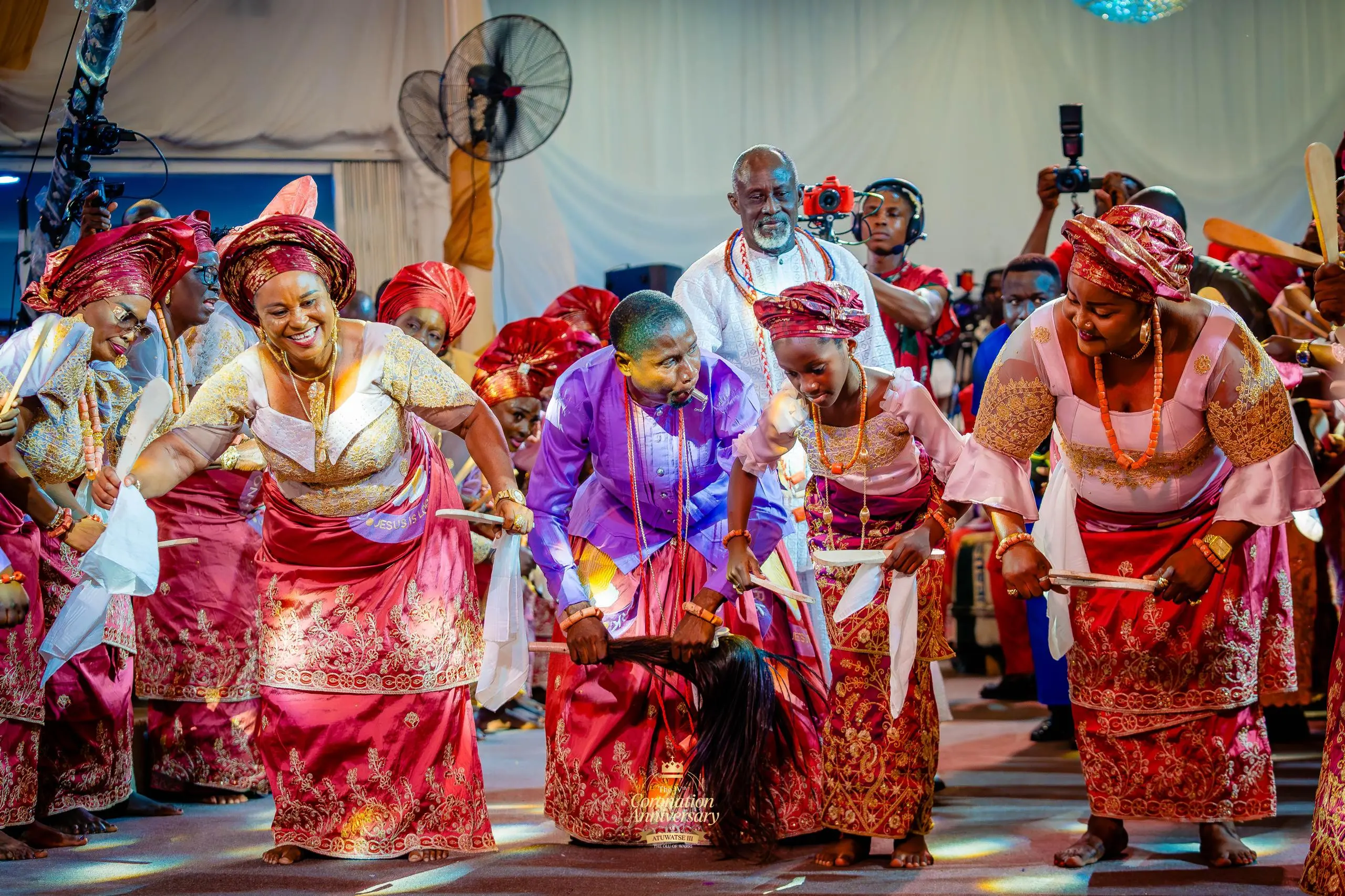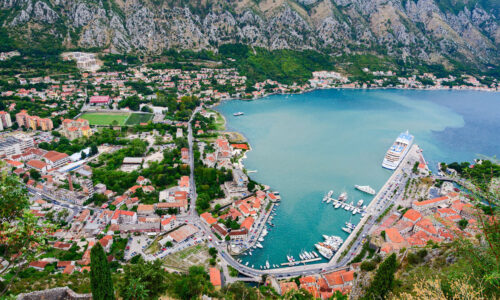- Judith Akatugba
- 0 Comments
- 621 Views
From the beaches that line Bali’s southern shore to the jungle that envelops Ubud, which is primarily regarded as the island’s cultural hub, Bali is a truly amazing place.
Bali vacations can take many forms: exploring the island’s numerous temples, going on a Hinduism-focused spiritual journey, participating in a yoga retreat, staying in an opulent hotel, going on an exciting hike, or simply visiting Bali as a pit stop on a longer journey through Indonesia. You might even like to go to Bali especially to attend one of the many annual festivals or spiritual gatherings.
Read Also: 10 Tips for Buying a New Car
Bali has a tropical climate, with year-round average temperatures that range from 75 to 80 degrees Fahrenheit. Its two seasons are characterized as wet (November to March) and dry (April to October). An overview of Bali’s tourist seasons is provided below:
• Shoulder Seasons: April to May and September to October;
• Low Season: January to March;
• High Seasons: June to August and November to December
Based on the type of holiday you prefer, we’ve plotted the ideal times to visit Bali below.

Best Times to Visit Bali for Smaller Crowds
The real off-season in Bali is from January to March. There won’t be many people looking for ideal beach weather and diving conditions during these humid and wet months. Additionally, the island will be quiet and home to both locals and foreigners because you’ll be avoiding November and December, which are the busiest holiday seasons.
If your goal is to see temples, practice yoga, and discover pure tranquility in Bali, then the rain shouldn’t be a deal-breaker, even though it may make diving and surfing more difficult. In fact, you may discover that the quiet rain in the forest of Ubud enhances the overall tranquility of your visit. This is the season when the forest and rice fields flourish; the stunning green color and newly emerging flora are very remarkable.
Best Times to Visit Bali for Good Weather

Bali’s dry season, which lasts from April to October, is the ideal time for sunseekers to plan their trip. This is the best time of year to visit beaches, go surfing, scuba dive, or snorkel because of the decrease in humidity and rain. Even in April, May, and October, there is still some rain during these months, although it usually only lasts a short while before clear skies return. One of the hottest months is May, when the average high temperature is 82 degrees Fahrenheit.
Visit between July and August, when the dry season is at its height, for the ideal weather. These months are ideal for combining beach time and physical adventures because they have an average temperature of 80 degrees Fahrenheit and low humidity. If you’re traveling to Bali in hopes of riding some of the island’s most renowned waves, try to arrive between June and August when the main surf areas on the southwest coast see bigger swells.
Best Times to Visit Bali for Lower Prices
The dry season, which runs from June to September, is the busiest and most costly time to visit Bali. The holidays also see a spike in tourism, so November and December will likely see increased hotel rates.
January through March, which are the rainy season months that fall outside of the holiday season, are the most reasonably priced times to visit Bali. Because there is less demand, hotel rates are typically lower during this time of year. As a result, you can get multi-bedroom villas or rooms with views of the ocean for a much lesser cost than you would during the dry season. April and October are the quiet shoulder season months, when you might also discover discounts.
Bali’s Best Hiking Seasons

If you are going to Bali especially to walk, April through October is the best time to go because the rainy season can make the trails slick and muddy. The best months to visit Bali if you want to trek some waterfalls are April, May, and June, when the days are more likely to be bright and the cascades are at their strongest after the rainy season. Since the roads can become hazardous in the rain, hikers who rent motorbikes will also find it easier to speed across the island during the dry season.
Best Time to Hike Mount Batur

Mount Batur is arguably the most famous hike in Bali. The 1,717-meter (5,633-foot) hike is usually booked through a tour company, which will bring you up from your hotel at around two in the morning. As the sun rises, you’ll ascend the active volcano, and according on your guide, you might even be served scrambled eggs in the steam from Mount Batur’s volcanic eruption. The greatest time to complete the two-hour trek to the peak is between May and September, when clear skies and dry weather are guaranteed.
Best Times to Visit Bali for Festivals

The June and July Bali Arts Festival is one of the island’s most famous yearly celebrations. August 17 is Indonesian Independence Day, or Hari Merdeka, which is celebrated outside with parades. Remember that Balinese Hindus frequently celebrate different festivals than Hindus in India, so keep that in mind if you’re going for a Hindu event. According to the Balinese Pawukon calendar, Galungan, for instance, is a significant 10-day celebration that takes place every 210 days to commemorate the victory of good over evil (dharma over adharma). Before the New Year, Nyepi is a day of fasting, solitude, and meditation that usually falls in March.
Best Months to Visit the Beach in Bali
The ideal months to visit Bali for a traditional beach vacation are May through September. The weather is usually dry, hot, and sunny, which makes it perfect for water sports like diving and snorkeling. The disadvantage of traveling to Bali during this time of year is that the majority of these months are considered to be the peak season. There’ll be a lot of people at the beaches, hotels, temples, and yoga courses, so you might not have as many chances to experience the lovely Balinese tranquility that you get during the low season.
Worst Times to Visit Bali
Of course, the rainy season (especially during the wettest months, December and January) is best avoided by anyone hoping for a traditional Bali vacation filled with lots of sunshine and outdoor activities. This is the time of year when muddy pathways, afternoon storms, and rough waves are commonplace, and they can literally ruin your plans. The calmer environment, nevertheless, can appeal to tourists who want to spend their days doing yoga, touring temples, or taking in cultural events indoors.
The danger of mosquito-borne illnesses (like dengue fever) rises during the rainy season because of the greater precipitation levels that can make mosquito populations more abundant. Wear bug repellent if you do intend to travel during the rainy season, especially if you want to hike through the jungle. In addition, some residents sip lemongrass tea, which is thought to have natural mosquito repellant properties.











